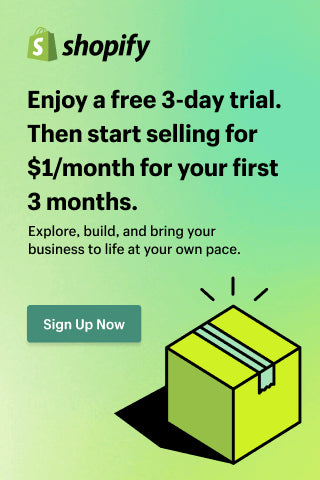Psychology to Increase Sales and Influence Customers On Your Shopify Stores
As a Shopify merchant, you probably don’t have a psychology degree, but many successful retailers use psychology to attract new customers. The concept is not easy, but it all comes down to the fact that everyone has the same mental triggers that drive their actions.
All humans want to avoid pain and find satisfaction at their most basic. This is the foundation of all human activities throughout the day, and Shopify merchants must remember it.
As a retailer, your job is to determine what makes your customers happy and what makes them respond. Your sales success will depend on combining those persuasive psychological triggers with clever and effective marketing strategies.
Consider the following recommendations.
What is psychology, and what does it have to do with sales?
Let’s first define psychology as “the scientific study of the human mind and its functionalities, particularly those influencing behaviour in a specific situation.”
To increase sales and gain influence with your customers, you must first understand them. If you don’t understand sales psychology, your strategies may fall flat or stop working effectively.
To gain an advantage, you’ll study psychology and learn how to use sales triggers to get more subscribers, referrals, and conversions—whatever your business goal may be. Keep reading to learn how.
Ways to use consumer psychology to boost Shopify sales
Trick 1: Share the crowd’s collective opinion (Social proof)
Imagine you’re walking down the street and notice a group of people holding fancy ice cream cones. You’ll probably start wondering where they got them, and you’ll want one too. Seeing others use a particular item or service makes people want it even more.
That is how social proof works.
Social proof is one of the most powerful psychological tactics for increasing conversion rates. Humans are social beings, and we are more likely to be influenced by something when we see others doing it.
If your website shows multiple users viewing or buying the same products, social proof can provide that final nudge to convert hesitant visitors into buyers.
By highlighting how many people are looking at or purchasing a product, you reinforce the buyer’s confidence. It’s even more effective if you can mention recent purchases or customer reviews.
A perfect review collection tool can help you build social proof for your online store. Reviewbit is one such tool available on the Shopify App Store.
This app helps you collect user-generated reviews through platforms like WhatsApp, Instagram, and Messenger. You can send automated review request messages after purchase, fulfillment, or delivery.
After collecting those reviews, you can automatically display them on your product pages without any extra effort, creating a strong sense of trust and authenticity for your store.
Trick 2: Provide comfort
Convenience plays a crucial role in purchasing decisions, and retailers who make the shopping experience comfortable for customers have a much higher chance of conversion.
This can be achieved not only through physical stores offering complimentary experiences but, more importantly, by keeping your online store simple and intuitive.
Ensure your website is clean, responsive, and works seamlessly across devices. Provide clear product details and easy access to contact information so customers can reach out effortlessly if they need help.
Offering a money-back guarantee can also make customers feel more secure, increasing their willingness to complete a purchase.
Trick 3: Tell a story
Storytelling has been a fundamental part of human communication for thousands of years. It helps people connect emotionally, and research shows that stories trigger brain chemicals like oxytocin, which foster trust and empathy
Use creative storytelling to explain to customers where your product comes from, who made it, what benefits it brings, and how it can improve their lives.
Sharing the story behind a product can be a great strategy. For instance, some boutiques engage customers by talking about their designers — who they are, what inspires them, and where they’re from.
Trick 4: Show stock levels (Scarcity)
You can create a sense of scarcity to motivate purchases. When customers believe an item might sell out soon, they’re more likely to act quickly rather than risk missing out.
On your product pages, highlight limited stock levels using colors that attract attention — for example, red or orange text for urgency.
If an item runs out of stock, invite visitors to pre-order or join a waitlist. They’ll be notified once it’s restocked, and because they don’t want to miss out again, they’ll be more inclined to buy immediately.
This also allows you to measure demand, helping you make better inventory and marketing decisions in the future.
Trick 5: Make use of cross-selling
Once your customer has made a purchase decision, your persuasive tactics don’t have to end there. You still have time to influence them before checkout — this is where smart cross-selling can make a big impact.
For example, when a customer adds a laptop to their cart, you can suggest complementary products like a carrying case, wireless mouse, or extended warranty. These contextual recommendations make it easy for customers to complete their setup in one go.
Do you make use of any of these triggers?
You now have a foundation for using psychological triggers to increase conversions on your eCommerce website. Most of these ideas are simple to apply, depending on your platform and store setup.
When implementing these tactics, always track performance so you can measure what works best. Try testing one method at a time to identify its real impact. The more psychological principles you apply, the more persuasive and conversion-focused your store will become.


